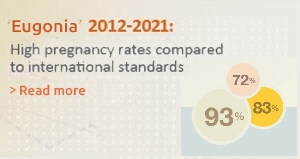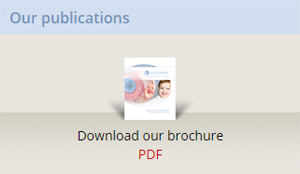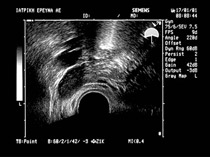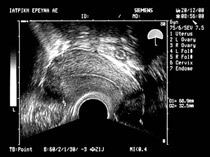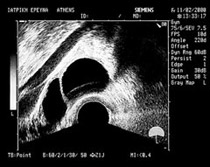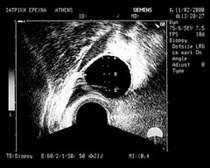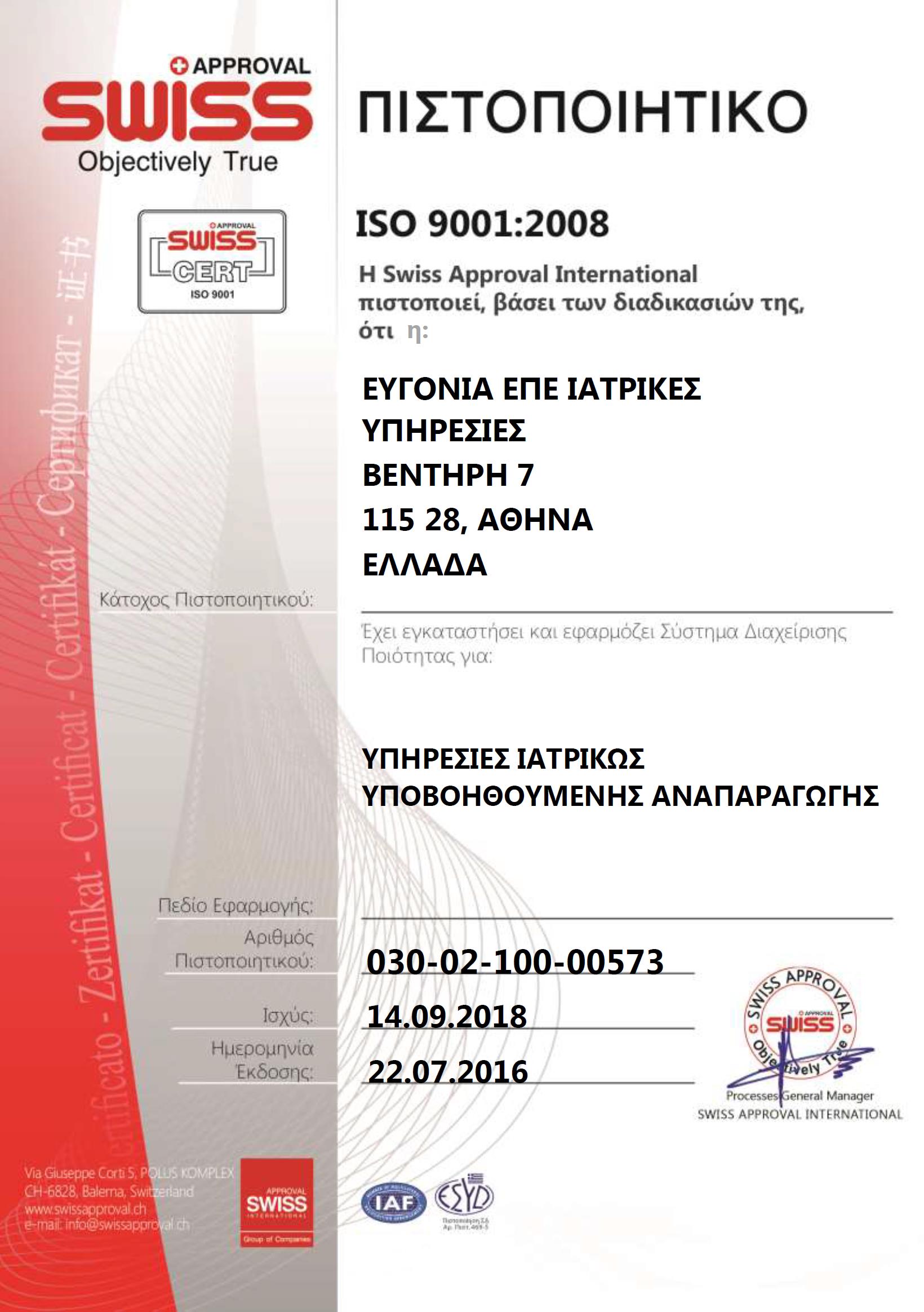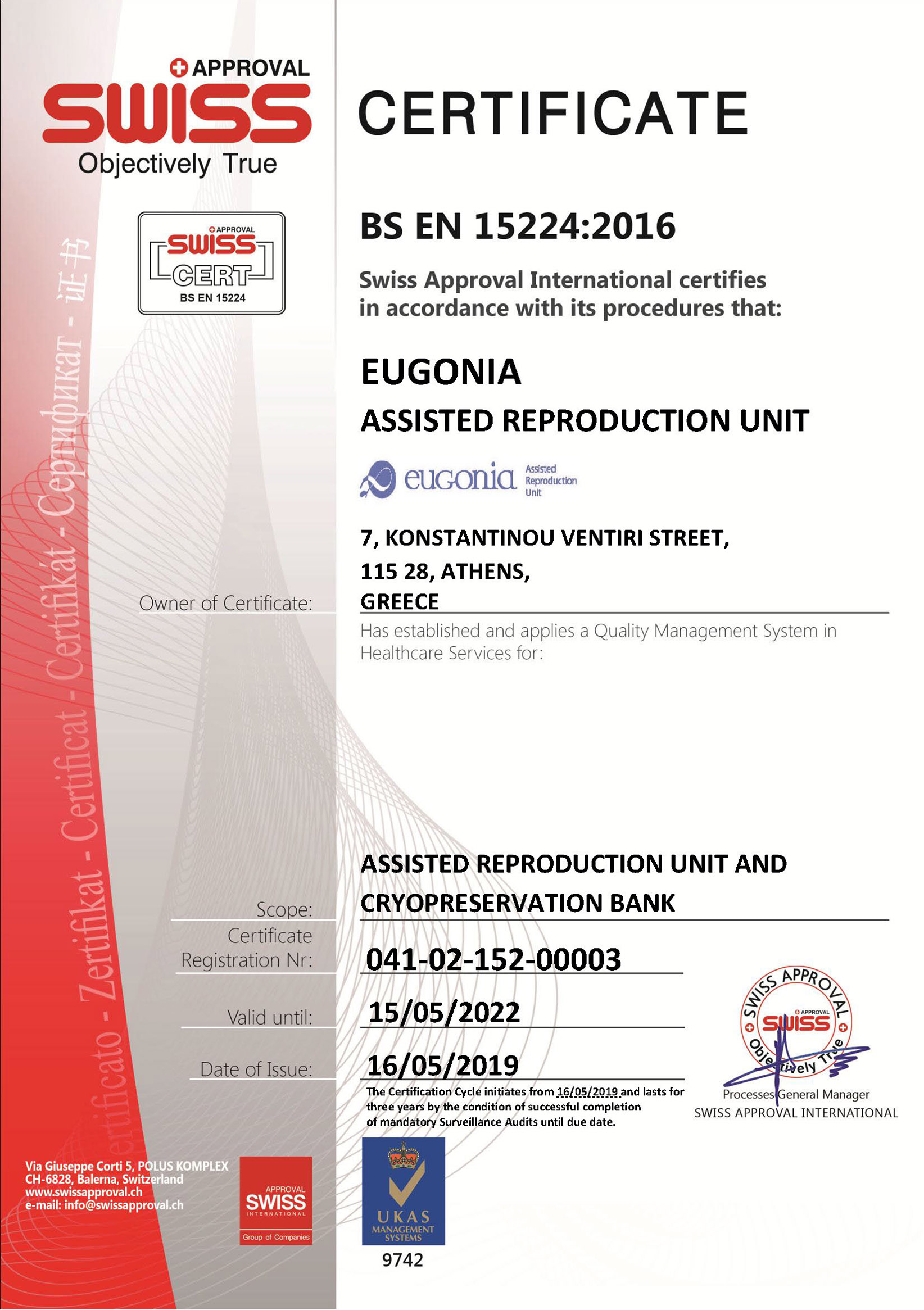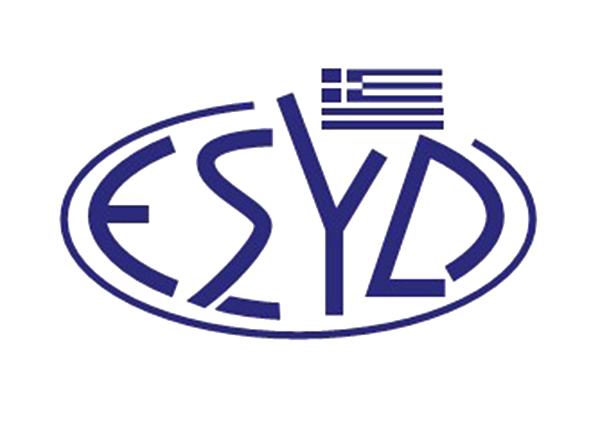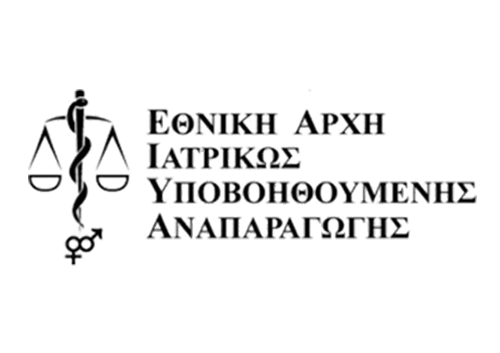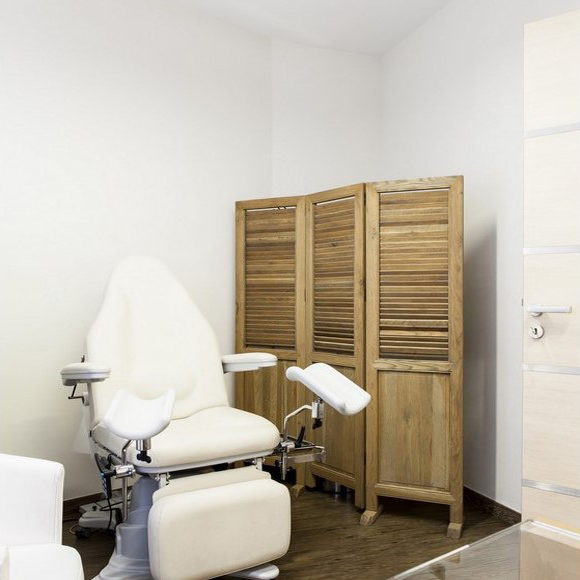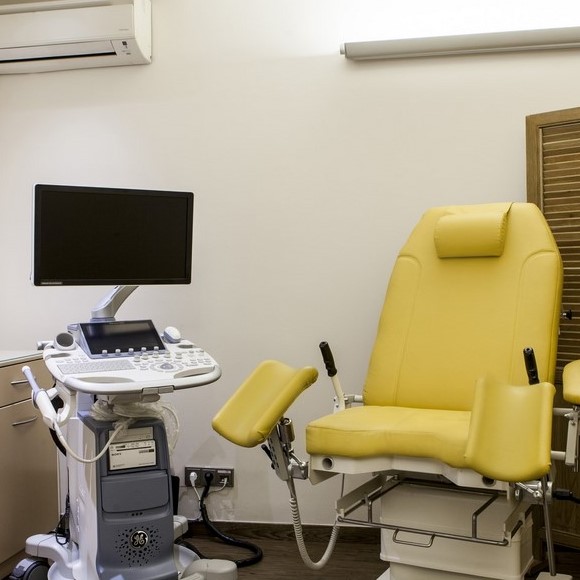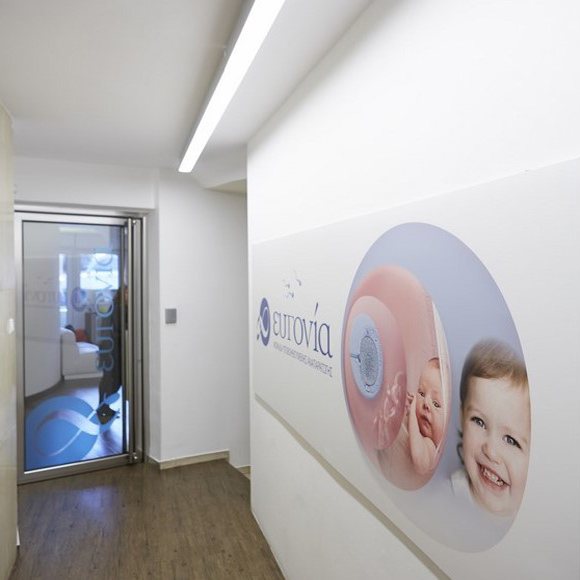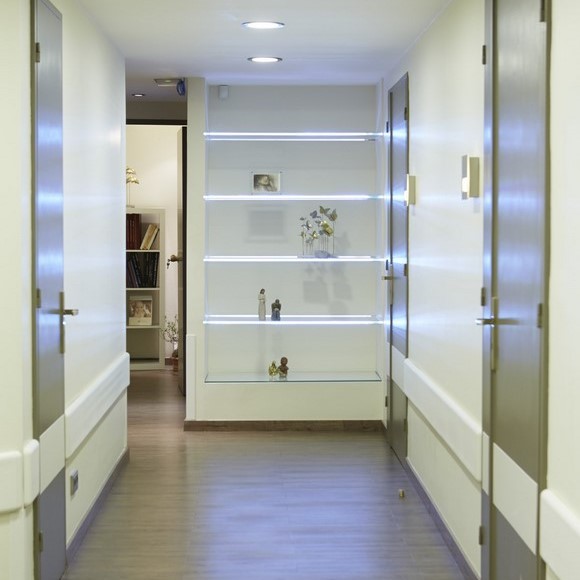- Long protocol
- Onset of downregulation in the long protocol
- Downregulation check during the long protocol
- Long protocol starting on the 2nd day
- Long protocol starting on the 21st day
- Long protocol under contraceptive
Long protocol
The long protocol has been in use for quite some time. The first publication was in Lancet scientific journal by Porter and colleagues in 1984 and it is also known as the GnRH agonist down regulation protocol. The basis of this protocol is the down regulation of the pituitary and therefore the prevention of a premature LH surge. It is well known, that a premature LH surge would result in follicle rupture prior to the egg collection and thus in loss of the oocytes.
Pituitary down regulation is achieved with the continuous administration of GnRH agonist analogues. Having established a continuous suppression of the pituitary, the stimulation of the ovaries whose main goal is the recruitment and development of multiple follicles then follows. This means that the communication between the pituitary and the ovaries is cut off and that we are the ones to take over.
The long protocol involves two phases:
- 1st phase: Downregulation using GnRH antagonists (Arvekap, Daronda, Suprefact, Gonapeptyl). Duration approx. 10-14 days.
- 2nd phase: Ovarian stimulation using gonadotrophins (Puregon, Gonal-F, Altermon, Pergoveris, Merional, Menopur, Bravelle) during continuous downregulation of the pituitary. Duration approx. 10-14 days.
The total duration of the long protocol is about 1 month.
Onset of downregulation in the long protocol
Downregulation of pituitary and ovarian function is checked at the end of the 1st phase. You may be informed of the exact date of your downregulation check you may contact the midwives of our unit either on the day of analogue administration or on the first day of your period, so they can schedule your next appointment. The downregulation check usually involves a transvaginal ultrasound and measurement of certain hormones. If downregulation is sufficient you will be given instructions to start the gonadotrophins.
Onset of stimulation in the long protocol
We will contact you in the late afternoon of the downregulation day to confirm the completion of your downregulation and the start of your stimulation. You will be given instructions on the dose, start date and times to take your gonadotrophins. Meanwhile, you will continue to take the GnRH analogue until the end of the treatment at the dose suggested by us.
Onset of downregulation in the long protocol
The administration of the GnRH agonist (Arvekap, Daronda, Suprefact, Gonapeptyl) can start:
- on the 21st day of the cycle, in a normal 28 day menstrual cycle,
- on the 2nd day of the cycle,,
- three days prior the end of the treatment with contraception pills.
Downregulation check during the long protocol
Downregulation of pituitary and ovarian function is checked at the end of the 1st phase. You may be informed of the exact date of your downregulation check you may contact the midwives of our unit either on the day of analogue administration or on the first day of your period, so they can schedule your next appointment.
The downregulation check usually involves a transvaginal ultrasound and measurement of certain hormones. If downregulation is sufficient you will be given instructions to start the gonadotrophins.
Onset of stimulation in the long protocol
Long protocol starting on the 2nd day
In this protocol, the administration of the GnRH agonist starts on the 2nd day of the cycle. In this case, there is an initial is stimulation, followed by suppression of the pituitary function, due the GnRH agonist mechanism of action. As a result of this initial stimulation of the ovary, there is a 15-20% chance of a functional ovarian cyst appearing.
During the check of downregulation, increased levels of oestradiol are also observed. If an ovarian cyst appears, it is aspirated transvaginally by ultrasound guidance and it usually subsides after few days, as the GnRH agonist administration continues. Downregulation check is then repeated after one week and the treatment continues after confirming downregulation (by ultrasound and blood eostradiol level measurement).
Long protocol starting on the 21st day
In this protocol, the administration of the GnRH agonist starts in the middle of the luteal phase of the cycle. If the cycle is regular (28 days), the start date coincides with the 21st day of the cycle. In the case of an irregular cycle, the ovulation needs to be determined and the start of the GnRH agonist administration is scheduled seven days after that, once a progesterone measurement has been performed in order to confirm that we are indeed in the middle of the luteal phase of the cycle.
Long protocol under contraceptive
In the long protocol under contraceptive, the GnRH agonist administration starts three days prior to stopping the contraceptives (3 pills before the end). This protocol is usually suggested in cases of irregular menstrual cycles, polycystic ovarian syndrome, or in cases of ovarian cysts etc.





